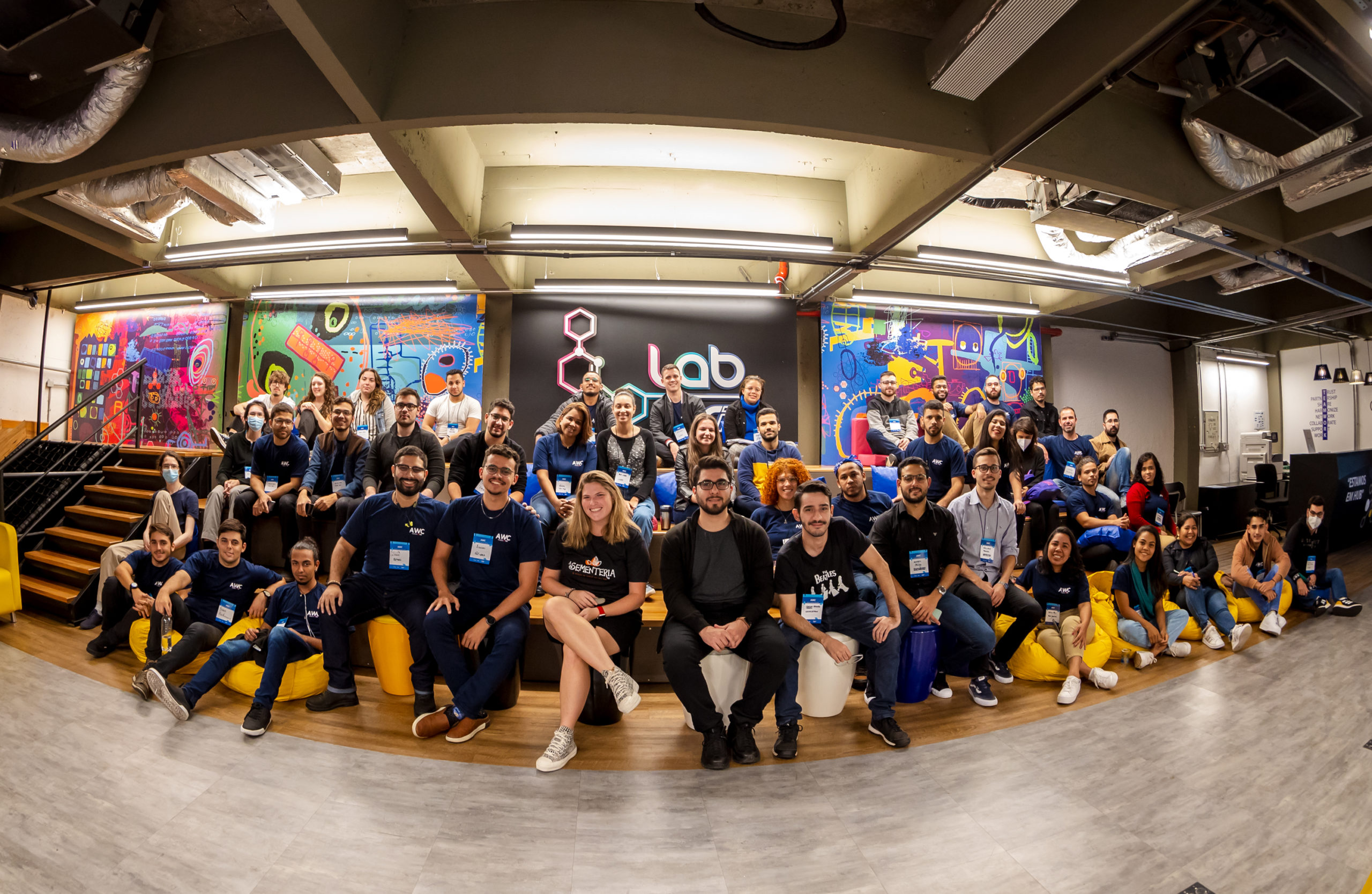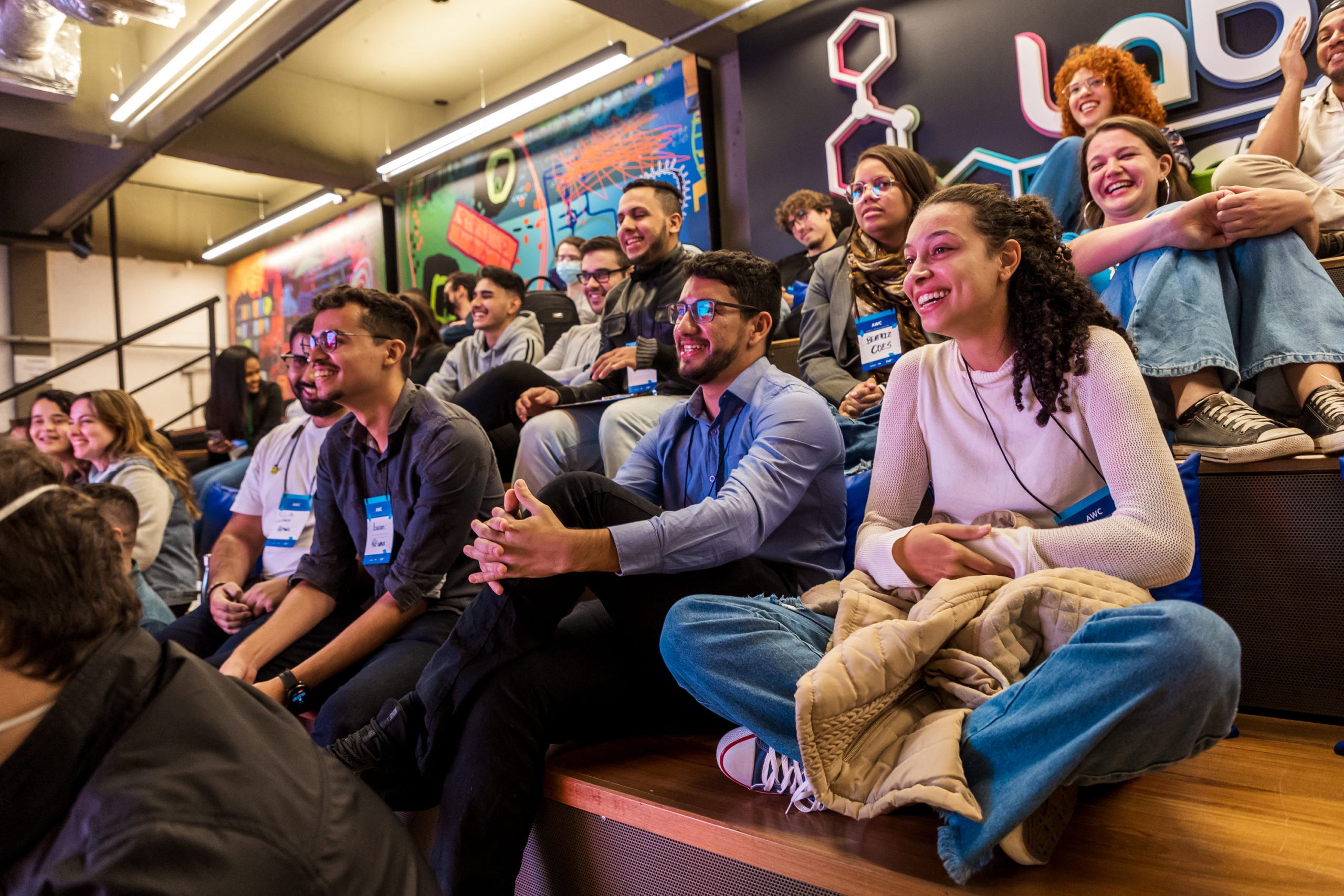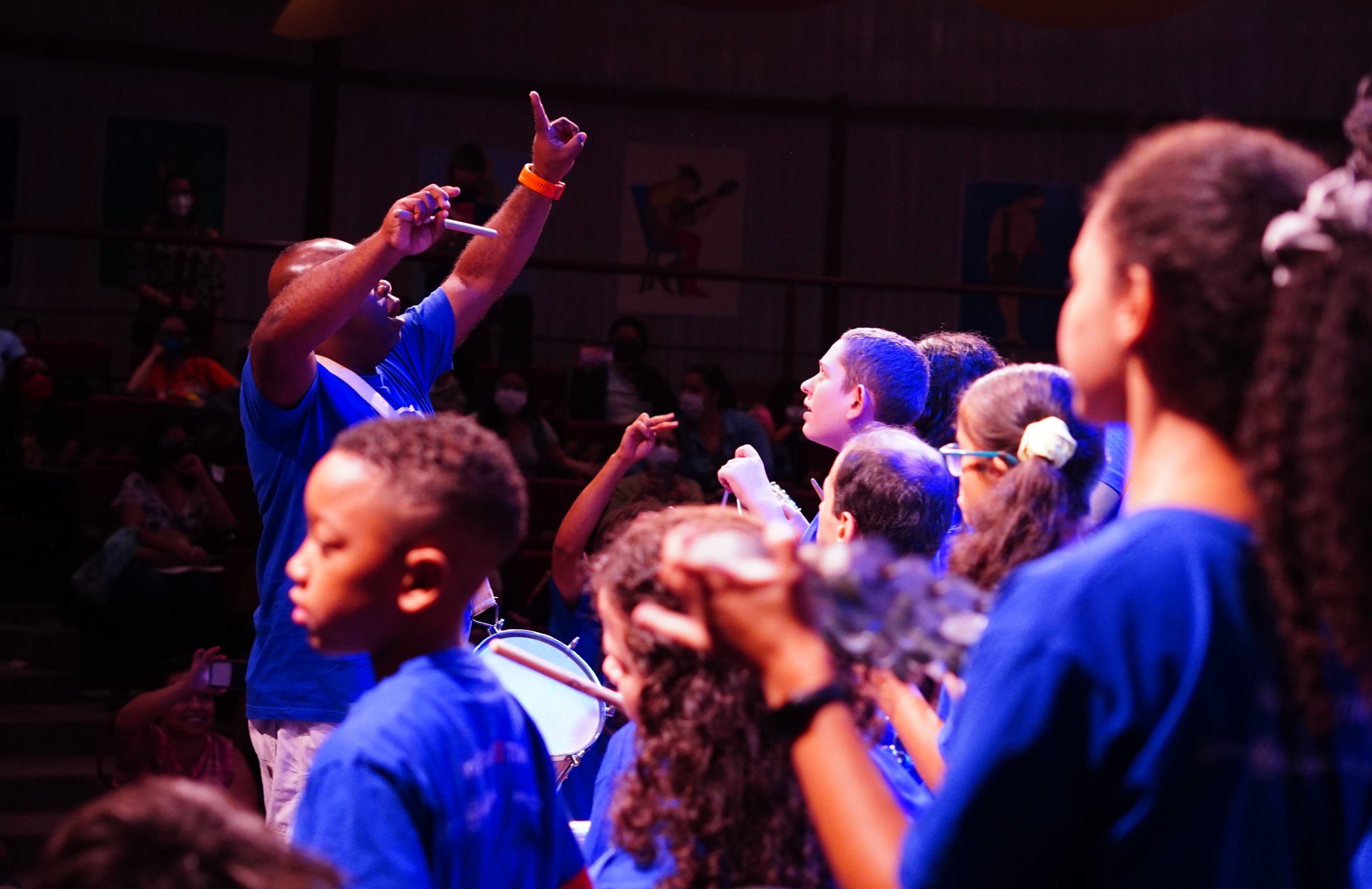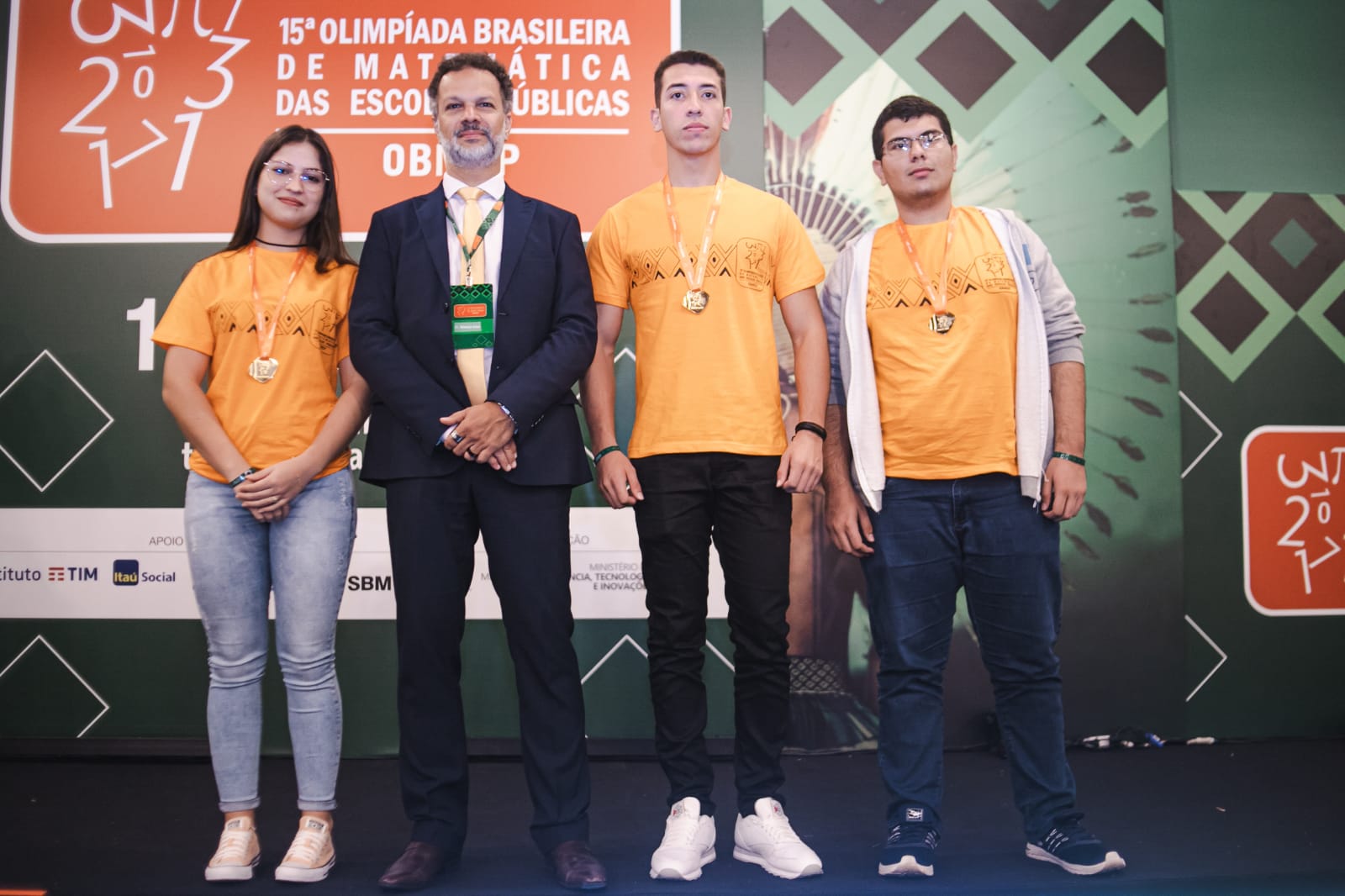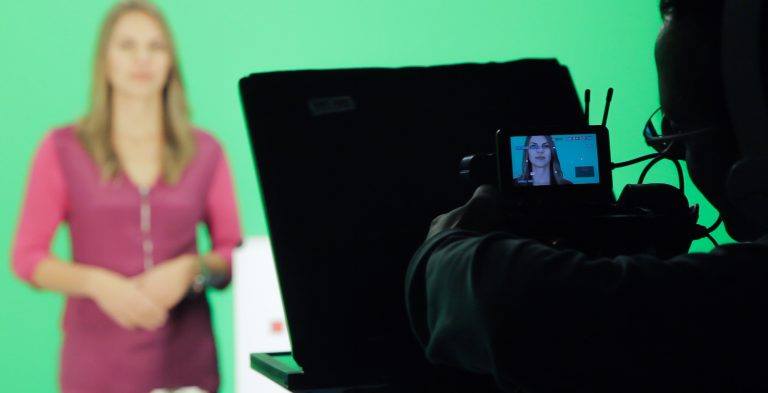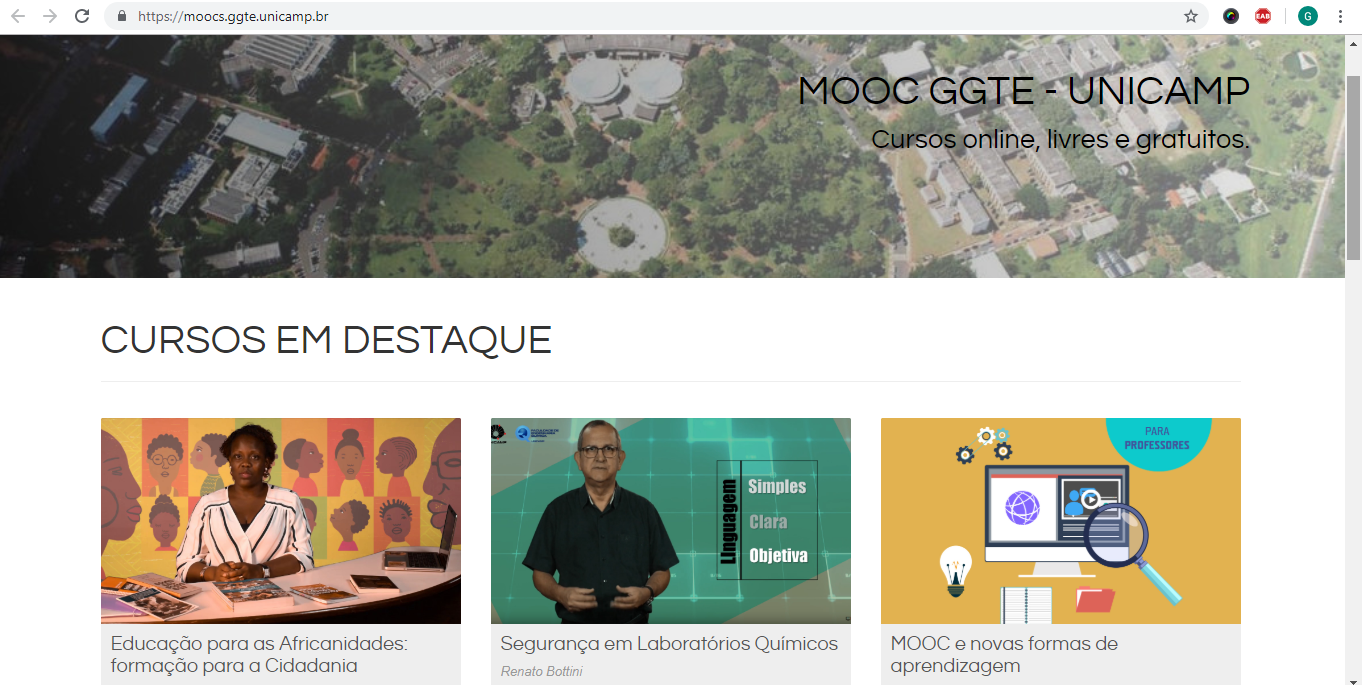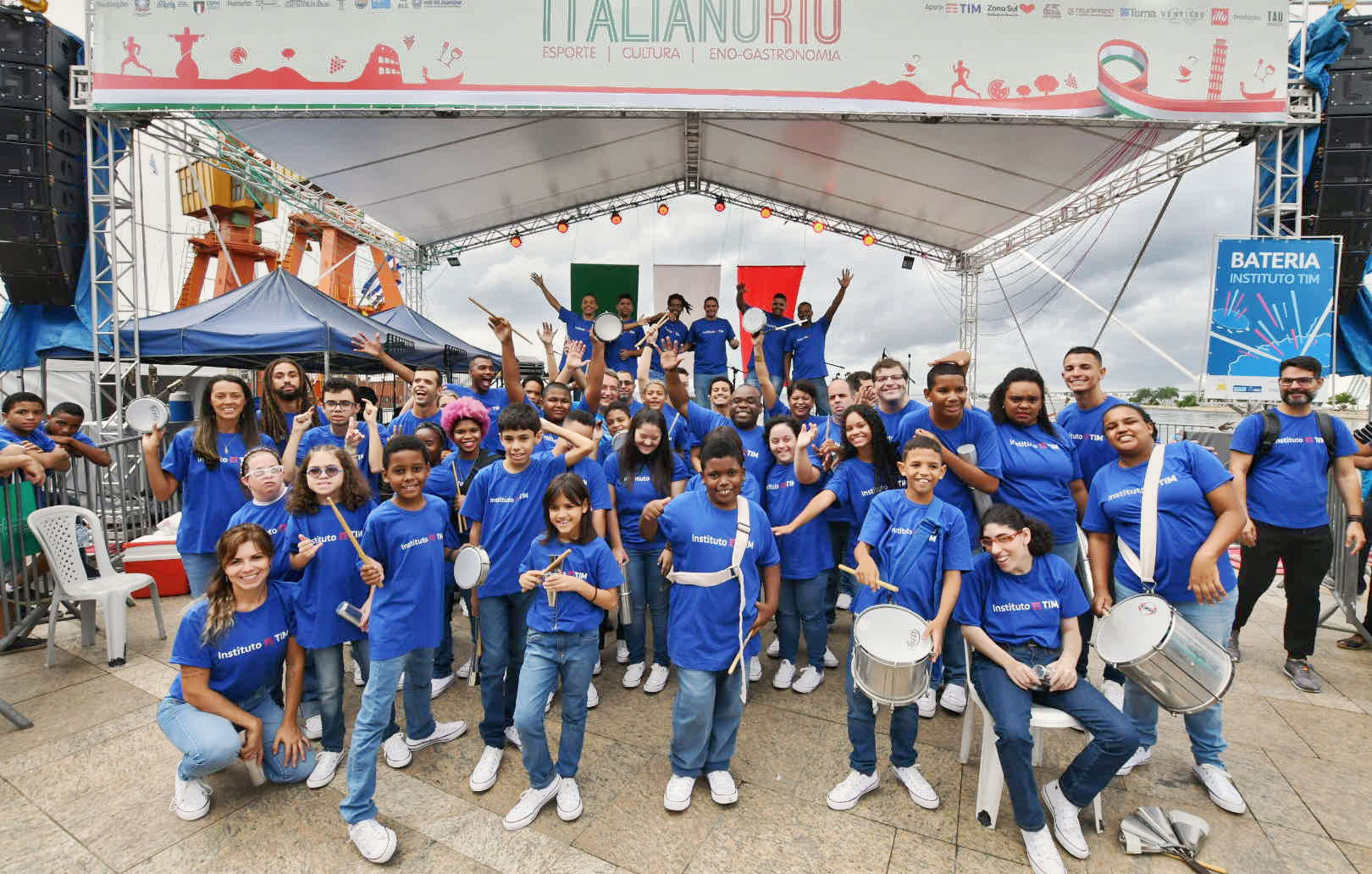Instituto TIM, UNESCO, and The Math Circle launch the book “Matemática é Liberdade”

Instituto TIM, in cooperation with UNESCO in Brazil, launched the book “Matemática é Liberdade: The Math Circle e O Círculo da Matemática do Brasil” (“Math is Freedom: The Math Circle and The Math Circle of Brazil”). Organized by Robert Kaplan, Ellen Kaplan, and Flavio Comim, the work introduces The Math Circle pedagogical approach, created by the Kaplan professors from Harvard, and tells the experience of adapting the project to Brazil. The Círculo da Matemática do Brasil (Math Circle of Brazil), developed by Instituto TIM, offered math classes in public schools in all regions of the country.
The Math Circle is a participatory, cooperative, and playful approach to teaching math with the purpose of making children fall in love with the science and overcome their fear of making mistakes, learning to build their mathematical thinking with confidence, and thus strengthening their self-esteem. The approach was adapted to the Brazilian context and over the course of five years the project directly involved 27,000 children and trained 4,747 public school teachers, multiplying all of this knowledge to more than 115,000 students all over Brazil.
The book, published by the Federal University of Rio Grande do Sul (UFRGS), is organized in five parts. The first two are dedicated to reflections on the teaching of mathematics and an analysis of the current situation within the context of Brazilian public schools. The other parts address the The Math Circle proposal and how it was brought and implemented in Brazil with reports of practices, situations, and classroom experiences brought by the educators who participated in the Math Circle in Brazil.
The launch took place during a webinar, held on April 6th, which was attended by the president of Instituto TIM, Mario Girasole, Coordinator of the Education Department of UNESCO Brazil, Rebeca Otero, professor at Carleton College, Stephen Kennedy, and the team that developed the Math Circle in Brazil, as well as teachers who participated in the project and researchers who made their contribution to the publication. The book is available for download at Instituto TIM’s website and UNESCO’s digital library.






















